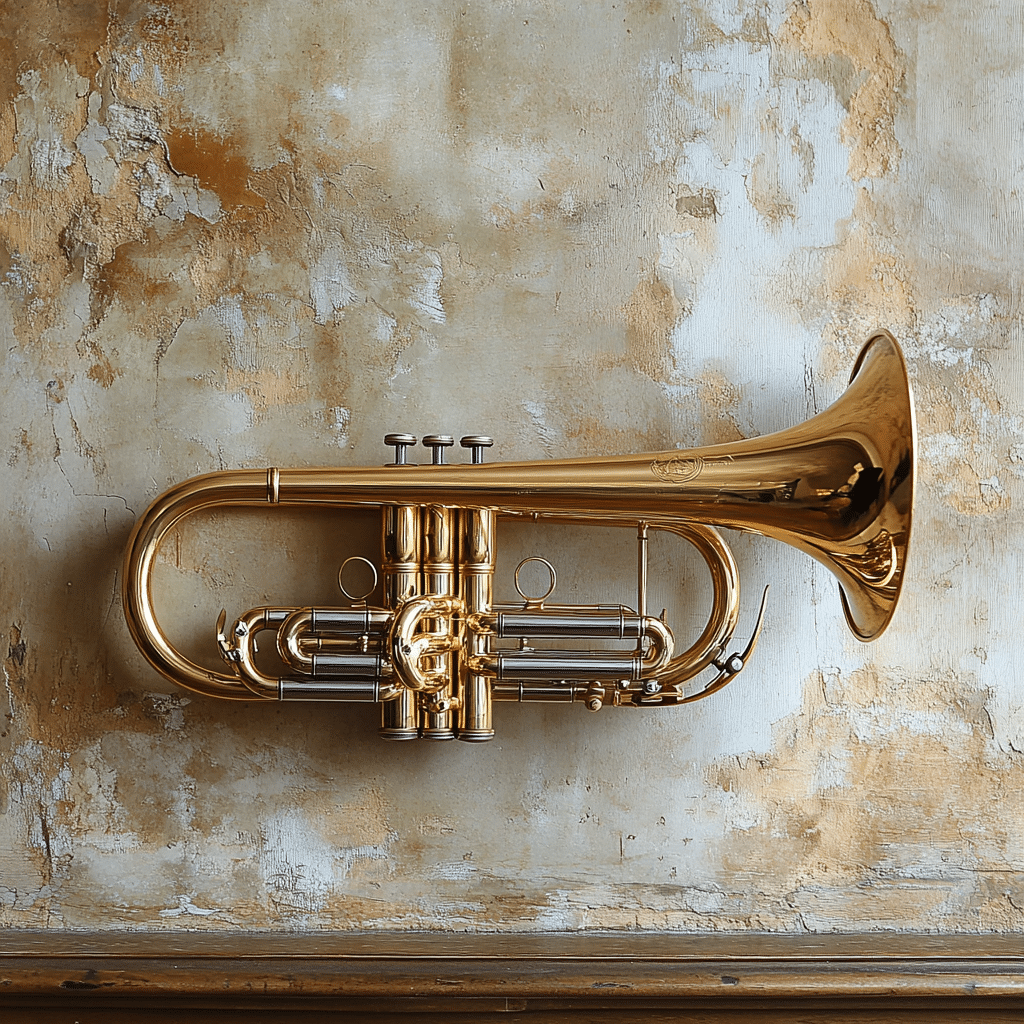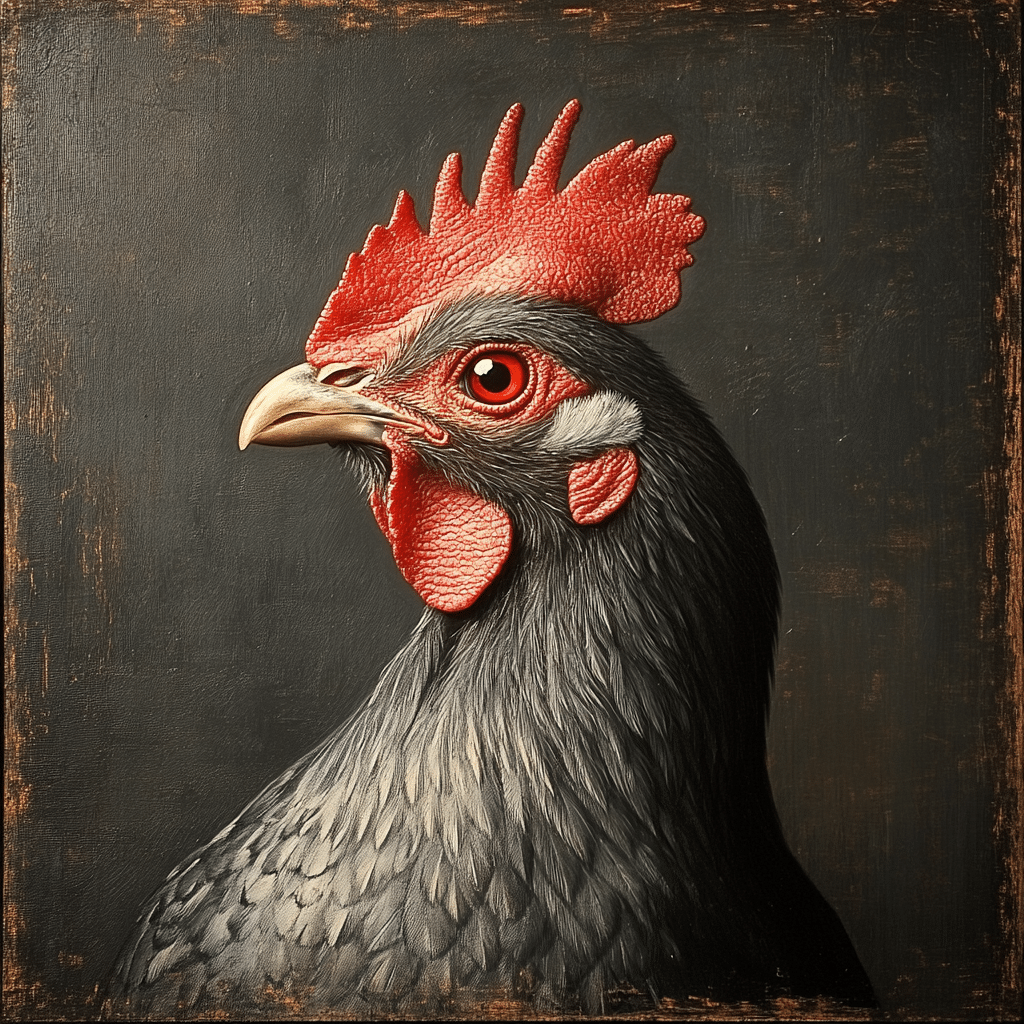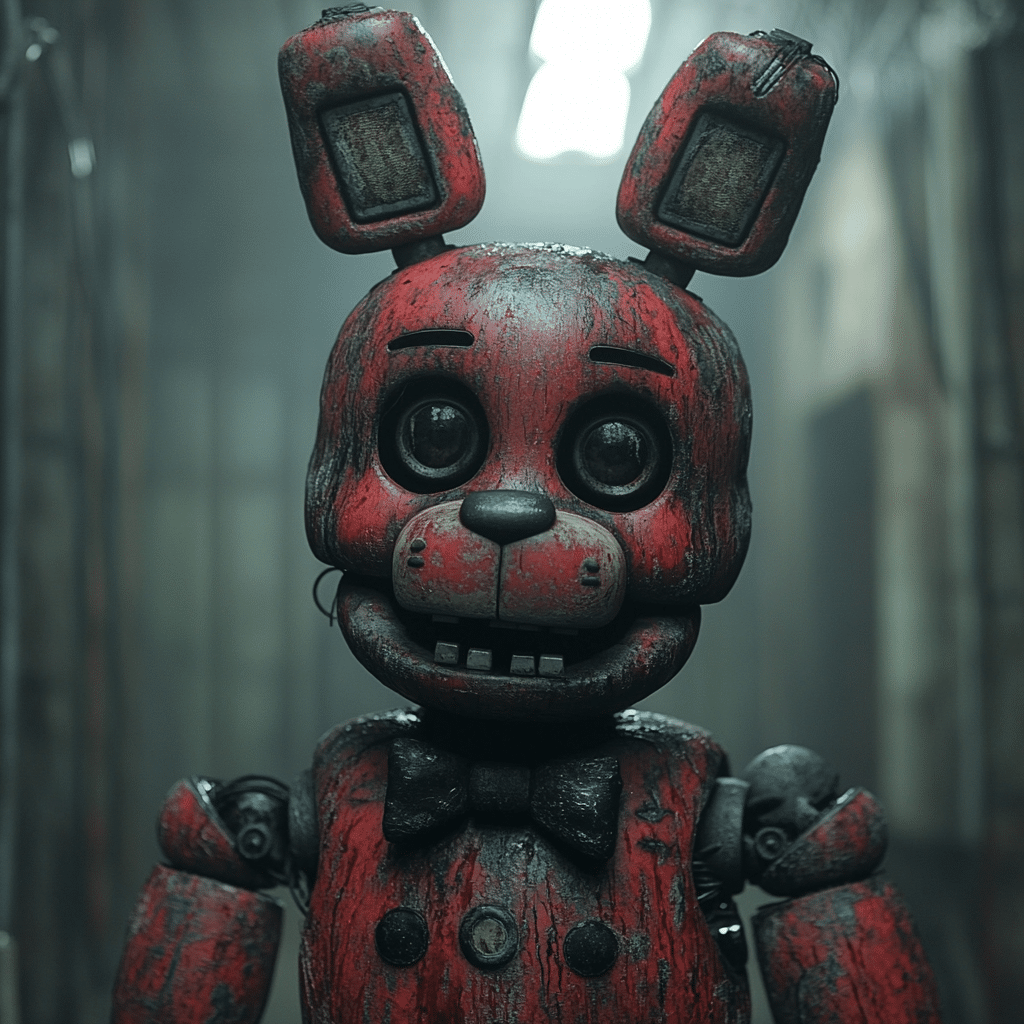The flugelhorn, often overshadowed by its brass brethren, boasts a rich and enchanting legacy in the world of music. With its mellow tone and wide bell, the flugelhorn stands out in genres like jazz, where its emotional depth attracts musicians and audiences alike. Mastering this instrument is no small feat; it requires a blend of technical skills and heartfelt expression. Players such as Chuck Mangione and Art Farmer have showcased the flugelhorn’s alluring capabilities, drawing listeners into a realm where melody and emotion fuse seamlessly.
The journey of mastering the flugelhorn transcends mere technique; it’s about connecting with the instrument and its history. This instrument isn’t just a tool—it’s a vessel of emotion. From smooth jazz to soulful ballads, the flugelhorn appeals to a wide variety of listeners, transcending generational and stylistic barriers. As we dive deeper into its legacy, we see how the flugelhorn is much more than a musical instrument—it’s a key player in musical storytelling and an expressive medium that brings joy and connection.
The Art of Mastery: Understanding the Flugelhorn’s Role in Jazz and Beyond
At its core, the flugelhorn holds a profound role in jazz. A staple in both small combos and big bands, its warm sound provides a beautiful counterpoint to trumpets and saxophones. Mastering the flugelhorn allows artists to delve into emotional territories rarely explored by other brass instruments. Just look at the likes of Chuck Mangione, whose hit “Feels So Good” seamlessly blends jazz and pop, elevating the flugelhorn into the mainstream.
Art Farmer, another significant figure, demonstrated the flugelhorn’s versatility, traversing various musical styles and showcasing its smooth, melodic potential. Through improvisation and an emotional connection to the music, these artists expanded the instrument’s reach beyond typical confines. As aspiring musicians pick up the flugelhorn, they carry with them a rich history and a responsibility to keep its flame alive.
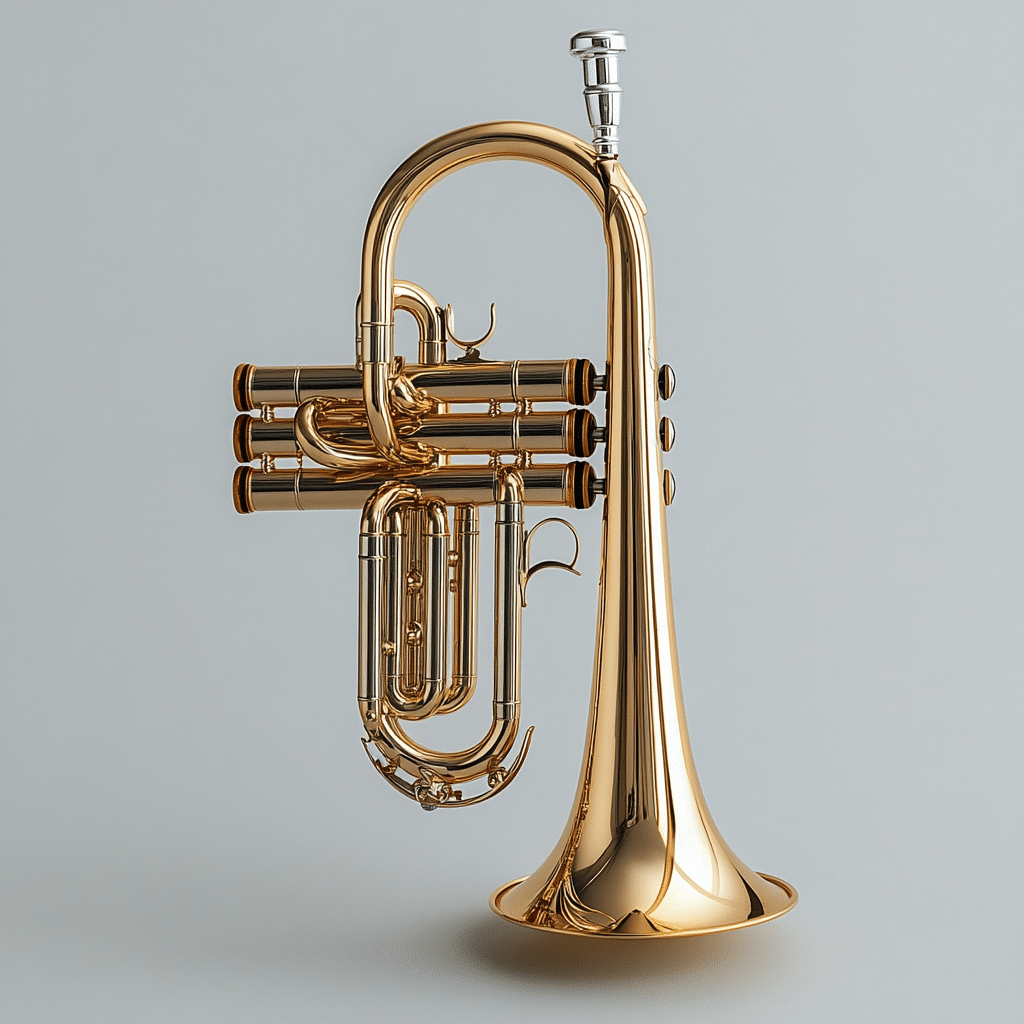
Top 7 Influential Flugelhorn Players Who Shaped the Musical Landscape
The flugelhorn’s transformative power lies in the hands of its players. Here’s a closer look at seven influential flugelhorn artists who’ve dramatically shaped its musical landscape:
With songs like “Feels So Good,” Mangione brought the flugelhorn to pop radio, proving its appeal wasn’t just limited to jazz aficionados.
A visionary in jazz, Farmer’s fluid improvisations showcased the instrument’s abilities in settings ranging from small ensembles to large orchestras.
The co-founder of the Brecker Brothers, Randy infused the flugelhorn with rock and funk elements, redefining its sound for a new generation.
His work in straight-ahead and Latin jazz underlines the flexibility of the flugelhorn, highlighting its adoption across various genres.
A newer face on the scene, McBride merges classic and modern styles, reinvigorating interest in the flugelhorn through innovative performances.
With a reputation for his cinematic scores, Blanchard’s deep, emotive playing emphasizes how the flugelhorn can convey complex narratives.
While primarily renowned for her vocals, Krall’s flugelhorn performances reveal her versatility and blend genres in wonderful ways.
Together, these musicians not only highlight individual expression but also contribute to the collective evolution of the flugelhorn in music.
The Flugelhorn’s Construction: Design and Sound Characteristics
Delving into the construction of the flugelhorn reveals why it produces such a captivating sound. Unlike the sharper voice of a trumpet, the flugelhorn features a wider bell and a conical bore design, resulting in a warm, rounded tone that often draws comparisons to a human voice. The craftsmanship behind each instrument varies significantly, affecting the sound quality and playability.
For instance, Bach flugelhorns are celebrated for their precision, appealing to classical musicians who favor a clean sound. On the other hand, the Yamaha YFH series provides excellent ease of playability and a brighter tone—traits that make it popular with musicians at all levels. Brands like Getzen and Schilke offer handcrafted instruments that are richly tonal and responsive, catering to different musical styles and performer desires.
Exploring these variations not only highlights the flugelhorn’s adaptability but also enriches the player’s experience, allowing for a unique artistic expression tailored to any performance context.
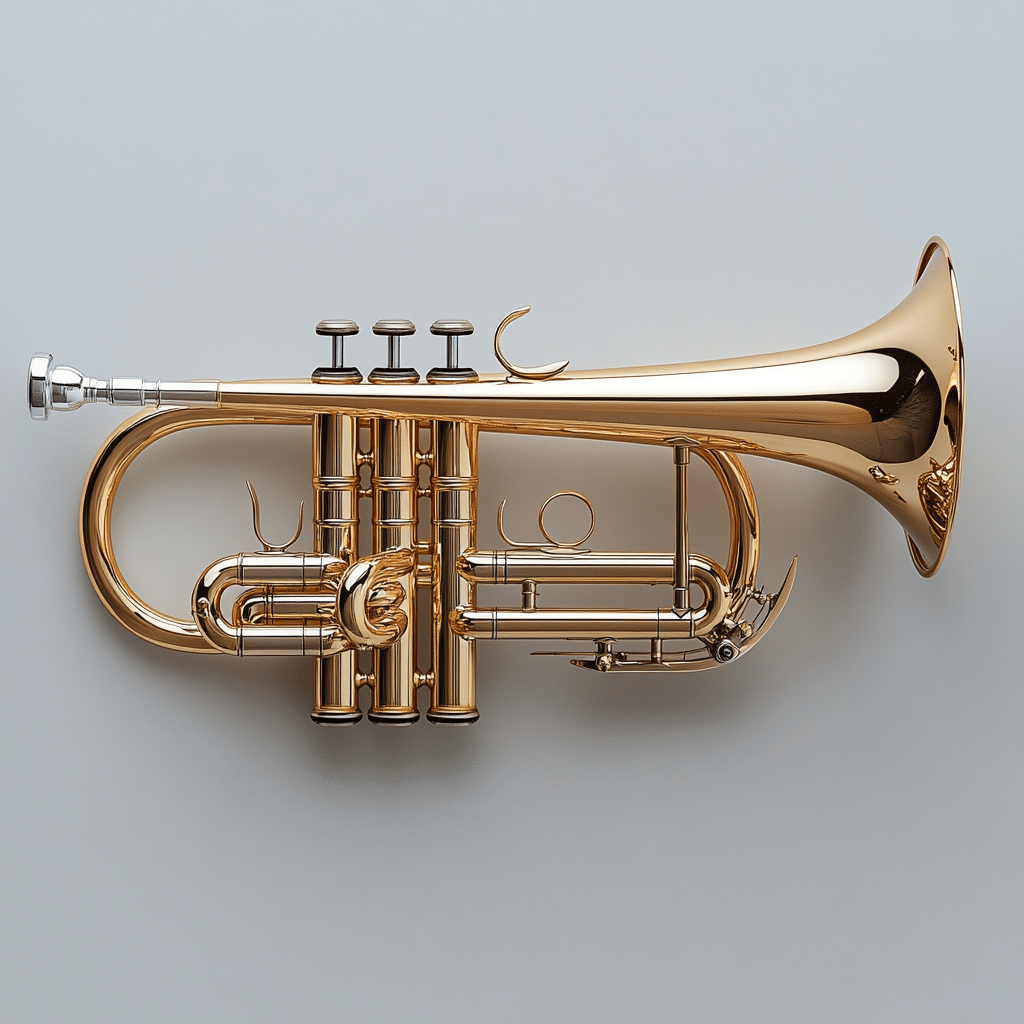
Comparing Flugelhorns: Top Brands and Their Signatures
When diving into the world of flugelhorns, it’s vital to consider the brands that stand at the forefront of craftsmanship. Each brand brings distinct qualities that can enhance the musical experience.
Each of these brands equips musicians with tools that foster creativity and expression, making the choice of flugelhorn pivotal in shaping an artist’s sound.
Flugelhorn Techniques: Mastering the Instrument
Achieving proficiency on the flugelhorn doesn’t happen overnight. Players must cultivate specific techniques that elevate their proficiency and connection to the instrument.
Learning from seasoned players and their iconic performances can guide aspiring musicians, allowing techniques to evolve while paying homage to the instrument’s illustrious history.
The Future of Flugelhorn in Modern Music
Looking ahead, the flugelhorn shows no signs of fading into obscurity. New artists like Michael P. Mossman and Esperanza Spalding introduce flugelhorn elements within genres ranging from fusion to world music. This adaptability signifies a healthy future for the instrument as it continues to attract varied musical influences and audiences.
Furthermore, the digital age has opened doors for flugelhorn players, giving them exposure through streaming platforms and online tutorials. The growth of educational resources has empowered a new generation of musicians to embrace this noble instrument. With such accessibility, the flugelhorn’s unique voice will echo through the music of tomorrow.
Embracing the Legacy of the Flugelhorn
In essence, the flugelhorn is not just an instrument; it’s a living legacy. Its captivating richness and emotive capabilities invite players and listeners alike to partake in its musical journey. As we witness the evolution of musical styles and the integration of the flugelhorn into contemporary sounds, it remains a cherished component of our artistic expression.
Engaging with the flugelhorn means joining a rich tapestry of artistic history—a history composed of creativity, emotion, and the unifying power of music. Whether played in a jazz club or blended into modern fusion, the flugelhorn continues to inspire and transform, ensuring that its legacy endures for generations to come.
For more insights into the musical landscape, feel free to check out our exploration of the cast Of The wedding veil and how visual art interacts with sound. Each note played on the flugelhorn carries the weight of its illustrious past while simultaneously paving the way for future innovations—an endless cycle of creativity and connection.
The Flugelhorn: A Musical Gem
The History Behind the Horn
The flugelhorn has quite the colorful backstory dating back to the 19th century, evolving from its predecessor, the cornet. First known as a tuning instrument in brass bands, this horn found its voice in various genres over the decades. It’s fascinating to note how many famous musicians have embraced the flugelhorn, contributing to its rich tradition. Did you know that artists like Norma Gibson blended jazz and classical through the flugelhorn’s warm tones? This fascinating instrument, if you can call it that, continues to charm audiences everywhere, from small jazz clubs to grand concert halls.
Fun Facts and Trivia
Here’s a quirky tidbit: the flugelhorn is often mistaken for the trumpet because of its similar shape, but they have distinct sound qualities. The unique design of the flugelhorn allows it to produce a mellow and rich sound that many performers adore. Speaking of unique sounds, one might hear a flugelhorn in unexpected places, like at a cool outdoor venue with a universal Studios hollywood map leading to all the excitement! It could also pop up in movie soundtracks, reminiscent of cinematic moments, much like how Hosss bellowing voice once captivated audiences in classic films.
The Modern Scene
In modern music, the flugelhorn finds its place in diverse genres, from smooth jazz to rock. A player’s personal style, much like Betsy Palmers innovative roles in theatre, can completely transform the instrument’s capabilities. You might be surprised to discover that some contemporary composers even write pieces specifically for the flugelhorn, making it a versatile contender in today’s musical storytelling. If you’re keen to learn more about it, just like getting the scoop on the Symptoms Of cocaine use can provide insights into health issues, exploring the flugelhorn’s impact on music opens up a whole new appreciation for sound.
Whether you’re a seasoned musician or a curious listener, the flugelhorn is undoubtedly an instrument worth exploring. The way it blends beautifully with other instruments reveals its adaptability, similar to how Amy Vanderbilt adapted her advice columns to meet varied audience needs. So, next time you hear its mellow tones, think of the legacy and artistry that continue to surround this incredible brass instrument!
